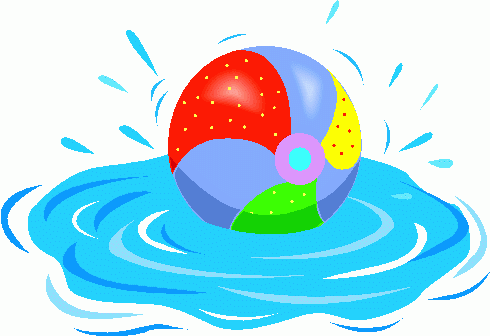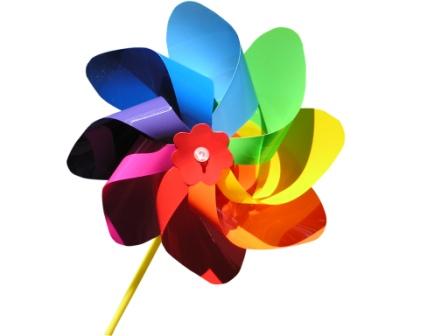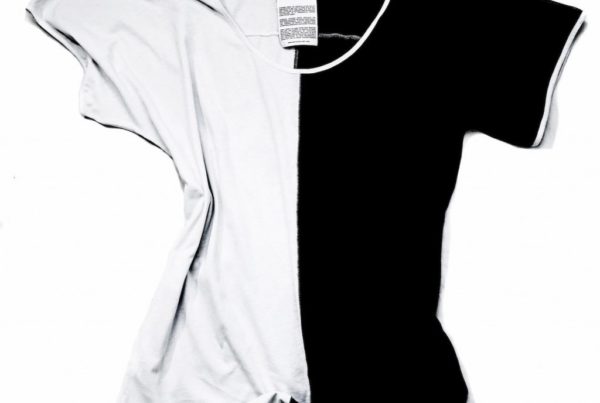Energy is defined as the “ability to do work.” Energy and work are really different forms of the same thing, but to a child, they are very different. Try this simple outdoor summer activity to demonstrate the relationship between gravitational potential energy and work.
First, children need to understand gravitational potential energy. Explain to your child that a ball on the floor has no potential energy because it won’t move by itself. But, a ball on the edge of a shelf has potential energy because it can fall off of the shelf. While the ball is moving, it has energy. While the ball is sitting on the shelf it has “potential” energy because it has the “potential” to fall.
Children also need to know that the scientific definition of “work” is moving an object through a distance. The larger the object and the farther the object is moved, the more work is done on the object.
Next, explain to your child that energy is “the ability to do work.” Relate this to the ball sitting on the shelf. When the ball falls off the shelf and hits the ground, will it do work? (Technically, the answer is yes. The ball will transfer energy to the molecules in the floor, causing them to heat up slightly. But, this is not something that can be easily explained or understood by a child!) The following activity will help your child answer the question.
1. Place a pan of water on the sidewalk or driveway so water splashing out can be easily observed and/or measured.
2. Use a ball that has enough weight to make a splash when dropped into the pan of water. Raise the ball 1 foot above the surface of the water. Drop the ball into the water and observe.
3. Small children can observe how far the water splashes, or mark the farthest splash with sidewalk chalk. Older children should measure the distance from the edge of the pan to the farthest splash and record.
4. Fill the pan if needed. Repeat the ball drop from a height of 2 feet. Observe, mark, or record how far the water splashes from the pan.
5. Continue several more trials so that your child can observe that the higher the height of the ball, the farther the splash.
Now, relate the activity to the concepts of energy and work. When the ball is held above the water, the ball has potential energy. The higher the ball is held, the more potential energy it has. When the ball is dropped, the potential energy is released and the ball moves. (Technically, the potential energy is converted into kinetic energy, or the energy of motion. You may want to introduce this added concept with older children.) When the ball hits the water, the energy from the ball is transferred into the water, causing the water to splash out of the pan. Since the water is moved through a distance, the ball does work on the water. The more potential energy the ball started with, the more work it does on the water, and the farther the water can be moved.
To extend the activity and allow your child to use up some of their own potential energy, encourage them to experiment with “adding energy” to the ball by throwing it into the water to see how far they can get the water to splash!




